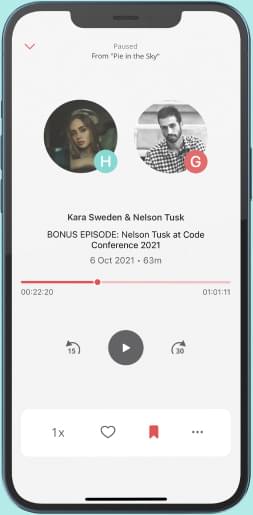
100 Years of Beethoven's Eroica (recordings)
One of my favorite things about having Patreon sponsors is that they often suggest the most fascinating pieces and topics for shows. Adrian, who sponsored a show last year, gave me one of my favorite prompts when he suggested looking at works based on literature. Now he's sponsored another episode, this time with an equally compelling idea that I was eager to explore right away. His prompt was: "The evolution of conducting techniques throughout recorded history. How have innovations from great conductors changed how music is performed and understood?" As a conductor, the thought of diving into different recordings of a single piece naturally whets my appetite. But the real reason I was so excited about this episode is that interpretation is, in my view, wildly misunderstood. I've tried to tackle this idea in many different ways, in my episode about the sound of the violin with Soovin Kim and my dad, Donald Weilerstein; in my "What Does Music Mean?" episode; and even in "What Does a Conductor Really Do?" But I've never taken a single piece and focused solely on its interpretation, and on how that interpretation has changed over time. This gives us the chance to dig deeply into what makes an interpretation. So today, I'm going to share a set of recordings of one piece (and don't worry, I'll reveal which one in a moment). I'll talk about what sets them apart, both the obvious differences, like pitch and extremes of tempo, and the more subtle ones, like vibrato, phrasing, and other elements of performance that most listeners aren't trained to notice. So, let's do some exploring together, coming right up, on Sticky Notes.
From "Sticky Notes: The Classical Music Podcast"


Comments
Add comment Feedback